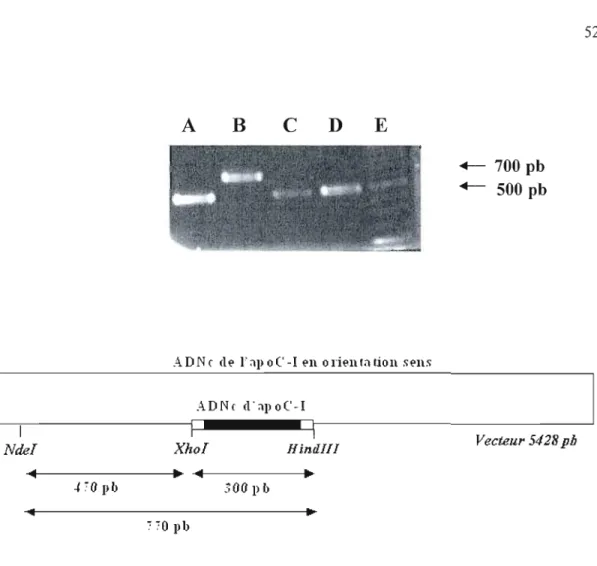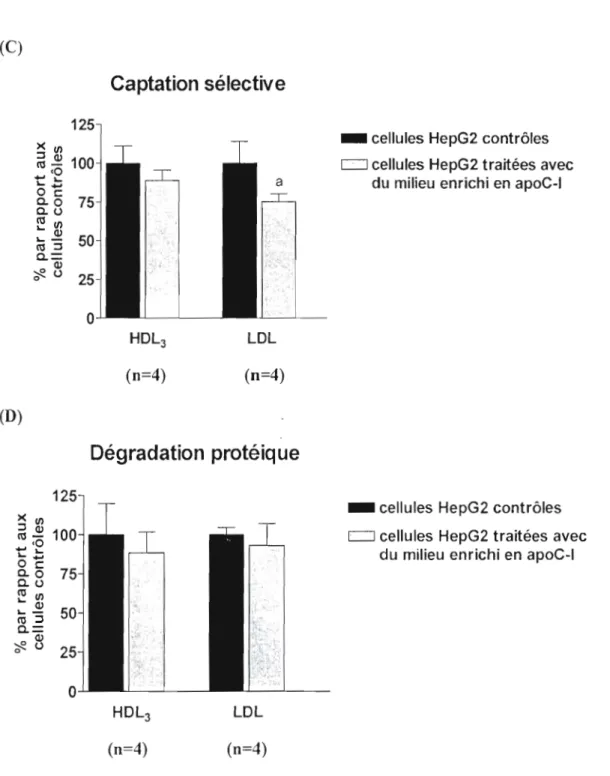Rôle de l'apolipoprotéine C-I sur le métabolisme des lipoprotéines de faible et de haute densité dans les cellules HepG2
Texte intégral
Figure



Documents relatifs
The second stage, begins with the first community visit (in the case that the program is not being hosted within the community itself). This fieldwork-based part of the curriculum,
Inspired by Van Selm’s pioneering work, in the 1990s a number of Dutch scholars started to locate and photograph the extant Dutch library auction catalogues in
p-Type conducting transparent characteristics of delafossite Mg-doped CuCrO2thin films prepared by RF- sputtering.. Journal of Materials Chemistry C, Royal Society of Chemistry,
The LITS and uncoupled LITS-Damage model show the highest stress magnitudes in comparison to the elastic case, whereas the FLB and coupled LITS-FLB models show reduced stress
Prévoyez une démarche en étape (besoins individuels, analyse, présentation des résultats, mise en lien avec des besoins collectifs, concertation, priorisation, prise en compte
We shall see, by following the idea at various stages of the history of thought, that the philosophical statement of universality of science has to be confronted with
undoped spedmens) of constant oxygen stoichiometry (see TG results): large amounts of Cu on the Ga site (and the corresponding quantity of Ga on the Cu site) would probably lead to
1 Measured properties of epoxy-based nanocomposites with randomly dispersed or aligned carbon nanotubes (CNTs) and other prevalent carbon nanostructures (CNSs), i.e., graphene